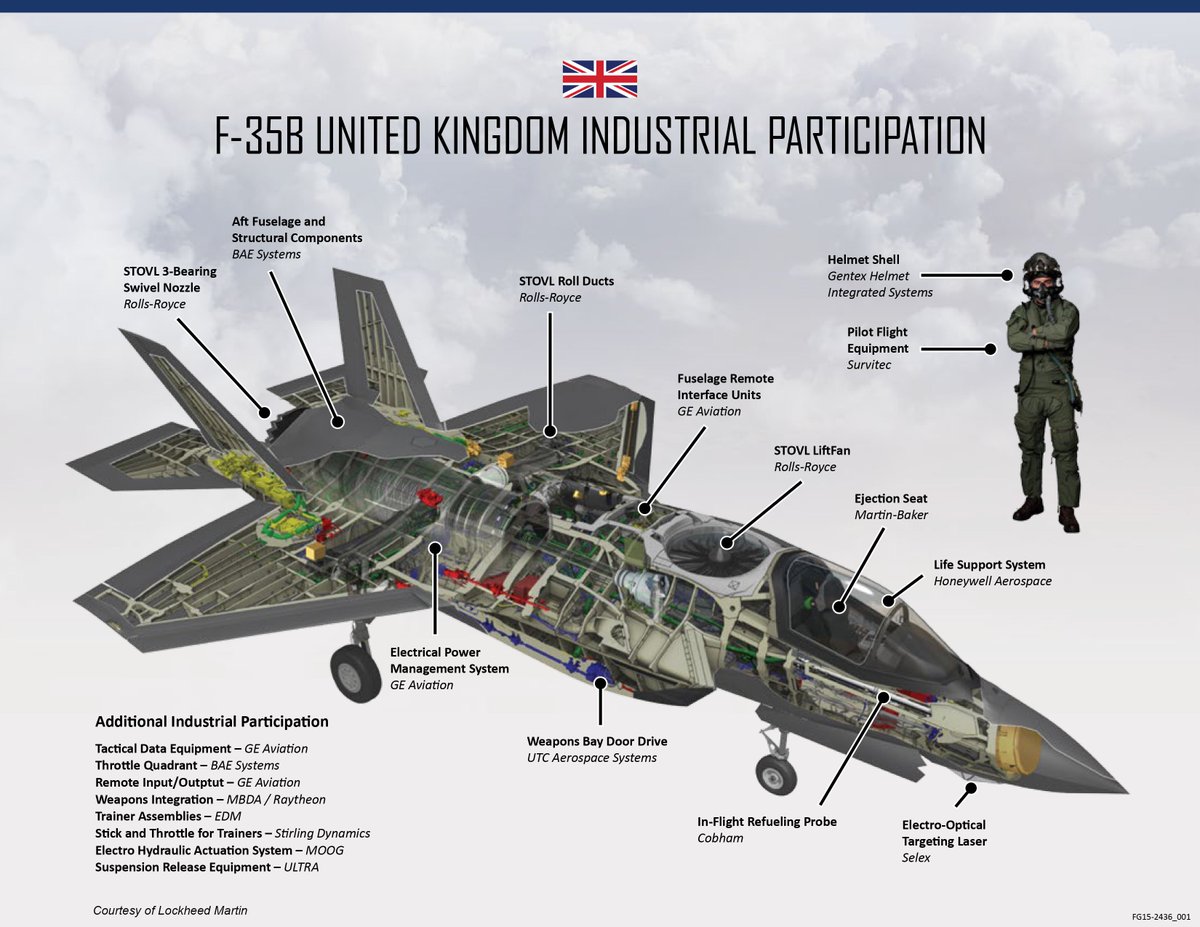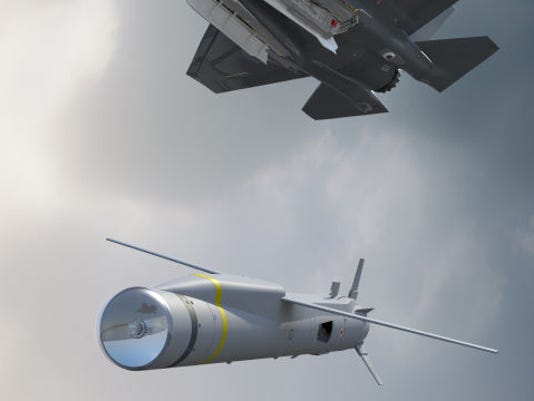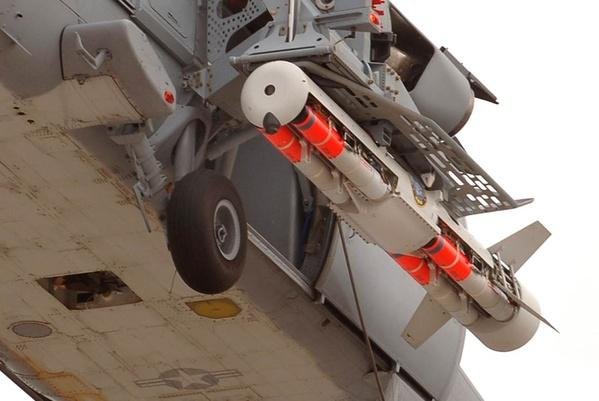BAE Systems claims they have an unmanned combat plane that neither RUssia or CHina low frequency+high resolution radars on development in the future will be able to counter..
BAE Systems' Taranis unmanned combat air system demonstrator is designed to defeat new counter-stealth radars, and may use thrust vectoring as a primary means of flight control and an innovative high-precision, passive navigation and guidance system, an AW&ST analysis indicates
Taranis is a blended wing-body shape with no tail surfaces, like most UCAS designs for wide-band, all-aspect stealth. It has a triangular top-mounted inlet and 2-D V-shaped exhaust nozzle. The underside is flat, with visible outlines representing weapon-bay doors. Panels under the leading edge point to provision for a dual-antenna radar like a smaller version of that fitted to the B-2 bomber. The demonstrator may be designed so that functional weapon bays and sensors can be installed for a follow-on program.
The Rolls-Royce Adour engine is mounted low in the center fuselage, behind a serpentine duct. Two small doors are visible on either side of the raised centerbody, and are likely to be auxiliary inlets used at low speeds. The weapon-bay outlines are on either side of the engine and the forward-retracting main landing gears are outboard of the weapon bays. The demonstrator's gear comes from the Saab Gripen.
The wing leading edges are highly swept to reduce head-on radar cross-section at all wavelengths. The double-V trailing edge is swept more acutely than on most blended wing-body UCAS designs. Unlike the Northrop Grumman X-47B or the Dassault-led Neuron, there are no short-chord wing sections or short edges: The shortest edge is more than 11 ft. long.
This most likely indicates Taranis is designed to avoid detection by very high frequency (VHF) early warning radars such as those being developed by Russia and China as counter-stealth systems (AW&ST Sept. 2, 2013, p. 28). VHF radars can detect some stealth shapes with wing and tail surfaces close in size to their meter-range wavelengths. When that happens, radar scattering is driven by “resonant” phenomena not affected by the target's shape.
Full report..
http://aviationweek.com/awin/broadband-stealth-may-drive-taranis-design
Also have anyone heard or read about the book of Robotics in the battlefield?
It appears US is working in low cost ,unmanned intelligent drones that can be used in the hundreds if not thousands
to overwhelm enemy defenses..and radars ,to keep them very busy and vulnerable to attacks.. The tactic americans
are researching is not only with mass attacks on Russian /chinesse defenses with very small intelligent drones.. but also taking into account the cost/performance ratio.. cost of S-400 missile vs a $1,000/$500 drone for example.. Here is the book cover.. shows a massive wave of intelligent drones formation that looks like birds.. that seems quite challenging saturation attack to counter with either missiles or gatling guns..of a pantsir..

http://www.cnas.org/the-coming-swarm#.VMIfgodLOUk
For such kind of technology.. Thousands of intelligent Birds like drones , i do not see the S-400s or S-500
becoming effective against that.. Neither Pantsirs or BUk or TOrs..This goes to a question i had long time ago.. about how effective are Russian defenses against thousands of drones saturating their airspace at same time. That will be the only way NATO could consider to try if ever a conflict happens.
The only system i can see to counter such waves of drones is with counter electronic jamming..or emp attacks ,
but perhaps they are also exploring ways to make their drones anti jamming.. Looks interesting the research ..wonder if anyone read something about Russia ways to counter such massive attacks if in the near future NATO develops such technology.
Last edited by Vann7 on Fri Jan 23, 2015 12:47 pm; edited 5 times in total











